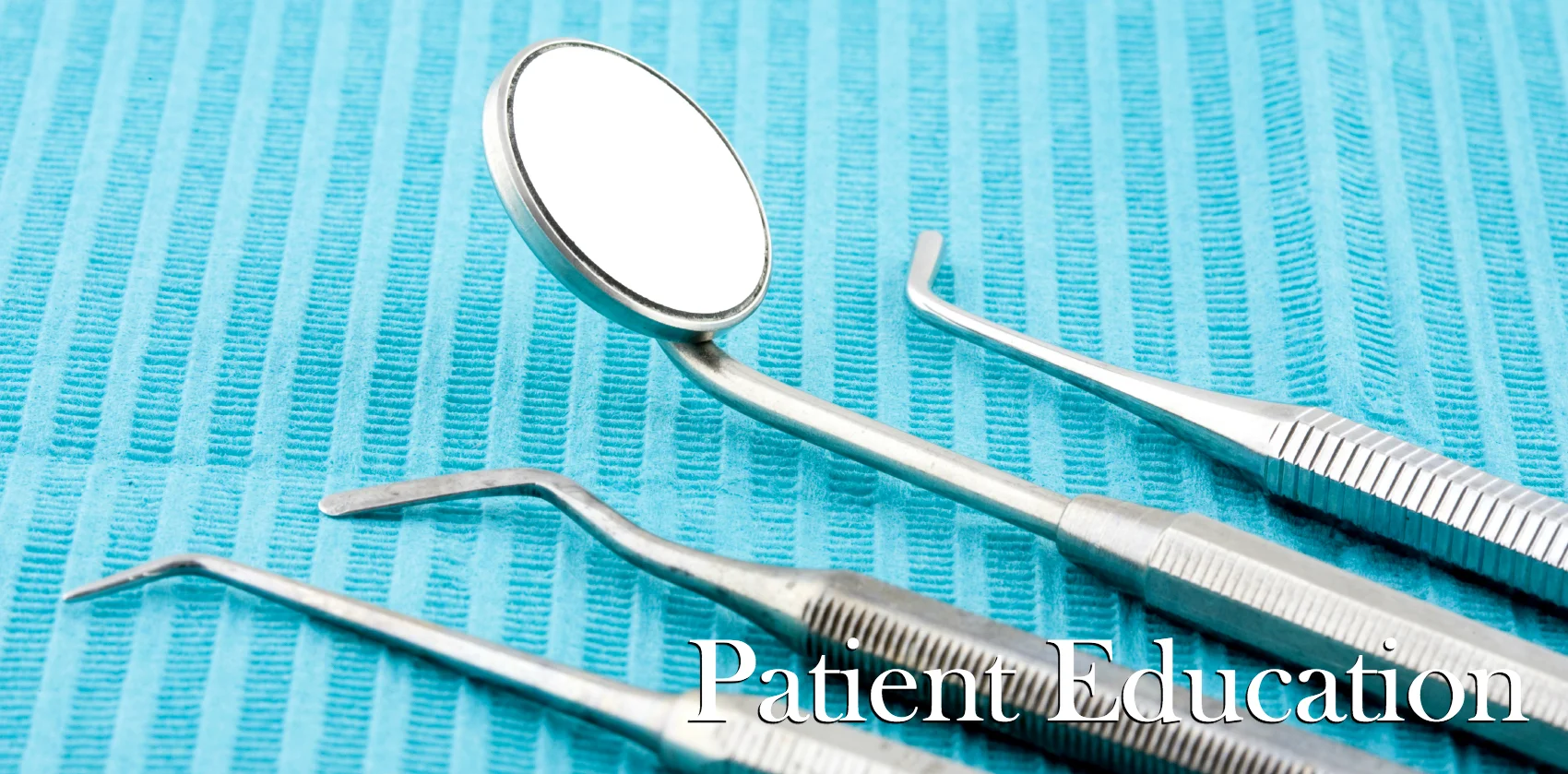If you've ever had dental pain after a filling or crown, you know how frustrating this situation can be. Did something go wrong? Is it normal? Rest assured, "post operative sensitivity" is one of the most common complaints after dental work. Depending on the type, timing and severity of pain, it can indicate a few potential problems. Read on to catch a glimpse into how we interpret and treat patients with after-treatment pain!
Any time a dentist uses an instrument to modify the structure of a tooth, there is a chance that this procedure will irritate the dental nerve. Typically, this pain is reversible and is a response of the tooth cells being transiently injured during treatment. It is usually described as weak or dull and resolves on it's own in about two weeks. If we are working near the pulp of the tooth (such as with deep cavities and certain fractures) there is a higher likelihood of causing irreversible irritation of the dental nerve. In this scenario, the tooth becomes hyper-sensitive as the inner tissue becomes necrotic. Patients usually describe this pain as a sharp, prolonged sensitivity to hot/cold foods. Over time, it transitions to a spontaneous pain and sensitivity to taping and chewing. In these instances, the best solution is to perform a root canal to clean out the dead tissue and relieve any infection that may be present.
Beyond these types of nerve irritation, some fillings become sensitive due to the nature of the materials we use in dentistry. Many types of fillings and crown cements are physically bonded to the tooth. This process involves painting on a resin "glue" and using a light to cure it to the tooth. The chemical change causes a small amount of shrinkage that can put pressure on the microscopic tubes in the tooth's dentin layer. Patients usually feel this pain as sharp and sensitive to biting and chewing. To solve this, we may change the material used to fill your tooth or remove the old filling and place a temporary "sedative" filling and see if the nerve calms down. Interestingly, we usually see this type of pain on smaller fillings, as they tend to have more walls made of natural teeth, and thus more surface area to place tension on.
A final (and probably most common) source of post-operative pain is the filling/crown simply being too high. We check every single restoration we place with marking paper to make sure it doesn't change the way your teeth together. However, the ligaments in your teeth can feel changes on a microscopic level and can be difficult to account for. This problem is easily detected and fixed- we simply need to remove the area of the filling/crown that is interfering with your opposing teeth.
Any patient complaint of pain after a procedure is taken very seriously and typically handled the same way. We will have you come in for an emergency appointment where we will take an X-ray (to see where the nerve is) and check the bite (to rule out a "high" restoration). We use this information to perform other tests to narrow down the possibilities to a correct diagnosis. Our ultimate goal at this visit is to get you out of pain and make a plan to protect the tooth long-term. If you would like to know more about the fillings we place and the risks/benefits of these procedures, please give our office a call.





















